Our journey continued to Spain. More precisely, along the north coast across the Basque Country to Galicia. Algae seems to be a big issue in northern Spain. Our first visit was to the company Algas La Patrona.
Who is behind Algas La Patrona?
The company was founded by Cristina Garcia. She comes from Madrid and discovered her love for the sea at an early age. Cristina studied environmental sciences and aquaculture and put all her experience into the Algas La Patrona project. It’s been four years since they started production in Cambados. Initially, there was support from the EU, which took up the cause of promoting the production of algae. The reason for this is the high proportion of important nutrients. These include proteins, omega 3 fatty acids, vitamins (A, B1, B2, B9, B12, C, E) and minerals (iodine, potassium, magnesium, iron, phosphorus, calcium).
How is it harvested?
Cristina is also a qualified diving instructor, which can come in handy when harvesting. There are two ways Algas La Patrona gets its algae. Either Cristina and her team harvest themselves at low tide or fishermen do the harvesting and dive for the algae.
With the first variant, around 500 kg of algae can be harvested per day. The 10 fishermen with whom there is a cooperation manage up to 2,000 kg in one day. Harvest time is during the growth phase of the algae. Sea lettuce (Ulva sp.) is harvested in autumn, kombu (Laminaria ochroleuca), wakame (Undaria pinnatifida) and sea spaghetti (Himanthalia elongata) in winter and spring. The fifth variety, by the way, is green fork algae (Codium tomentosum). You can find an overview in the picture.This means that the entire annual production is harvested in a few weeks. Preservation is therefore important. More on that in the next section.
Incidentally, all algae are cut by hand. This way they are preserved and can grow back. Because sustainability is very important to Cristina and her team.
How is the seaweed processed at Algas La Patrona?
From a daily harvest of 500 kg, about 340 kg go into the drying room. There they are dried at 40°C for 48 hours. Algas La Patrona developed the process for this itself. Apparently there was nothing comparable and many attempts were necessary before the drying process was perfected. Incidentally, the algae contain 90% water.
The rest of the 500 kg is pickled in salt. These are the two ways algae are preserved.
What products does Algas La Patrona offer?
Part of the production is sold to resellers in large sacks. The algae come to Germany via a dealer in Belgium.
Cristina’s company also offers products for consumers. This includes dried algae, sorted or mixed in compostable bags (see picture at the top). And there are different products in the jar. You can find a few examples in the following images.
Last but not least, you can also buy Algas La Patrona products through crowd farming. If you’ve never heard of it, click on the term for more info. It is a kind of direct sales of agricultural products to end users. In our case here, you basically adopt 1 square meter of Ria and get algae for it. This works particularly well with Germany. The harvest is then shipped twice a year for a certain period of time.
Tips from Cristina
If you’ve never used seaweed, think of it as a new vegetable. You can use seaweed in salads, in omelets, for sauces or with pasta. You can find lots of inspiration on the Algas La Patrona Instagram account. Take a look at the info box below for the link.
An important tip Cristina gave us is that when cooked, dried seaweed expands by about 10 times its volume.
She also advised us to use about 5% seaweed in a meal. Your digestion may have to get used to it. So feel free to start with a little less.
Another tip was to add a bit of kombu to the bean cooking water. It reduces the flatulence effect.
On the next pictures you will find my first attempt to cook with seaweed. A vegetable curry refined with mixed seaweed. It was delicious and tasted like the sea. 😉
What is planned for the future?
The future should lie in the aquaculture of algae. This is currently being intensively developed. And as we have learned, there is a certain rejection in Germany regarding kombu algae due to their iodine content. Cristina said people are told to take an iodine pill rather than get it naturally. So there is still a lot of persuasion to do here.
Sustainability at Algas La Patrona
As we have already heard, harvesting is done carefully to protect the stocks. You have also read that compostable packaging is used. And in order not to waste any leftovers or rejects, they are composted and then given to the community.
Conclusion
Algas La Patrona was our first visit from an algae processing company. It was super exciting to get to know the process better and to see which algae there are in Europe that are suitable for our diet.
Cristina and her team have built an impressive business that already offers a wide range of seaweed products.
If you’ve never cooked with seaweed before, we highly recommend trying it out. Interesting new taste nuances and the many beneficial nutrients in algae speak for themselves.
Info – Algas La Patrona
Address: Poligono Industrial Sete Pias, vial 3 nave 2, 36635 Cambados, Spain
Phone: +34 986 54 40 65
E-mail: hola@algaslapatrona.com
Social Media Links 0f Algas La Patrona
SUBSCRIBE TO OUR NEWSLETTER AND GET THE FOLLOWING FOR FREE:
5 PRACTICAL TIPS ON HOW TO EAT OUT VEGAN ANYWHERE DEAD EASY
[Ad]

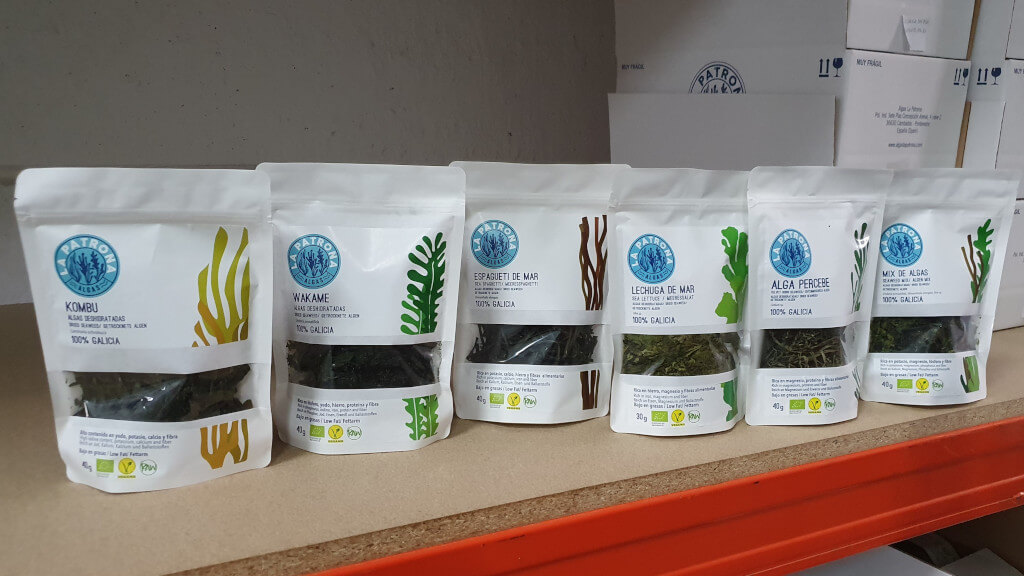

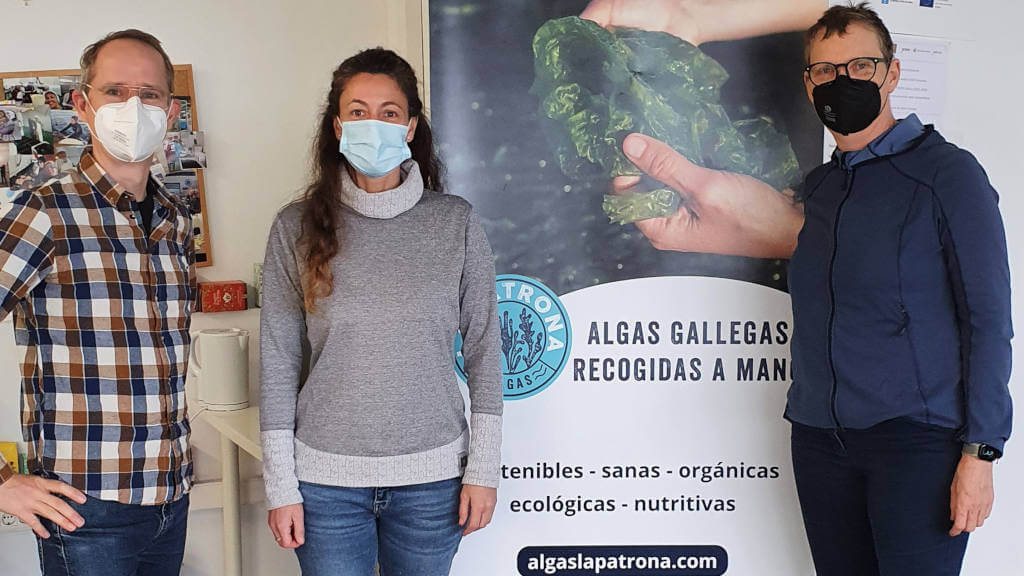
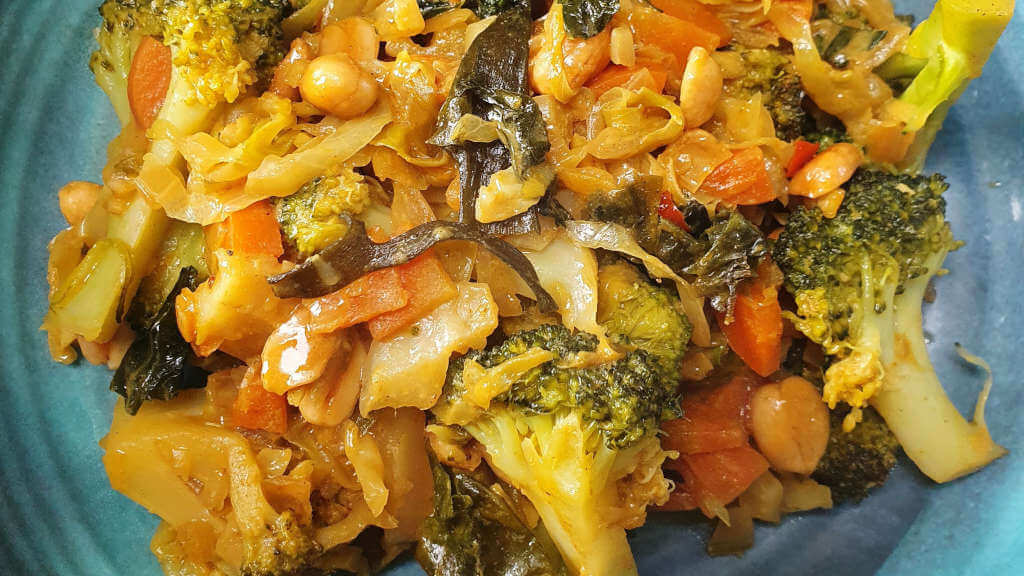
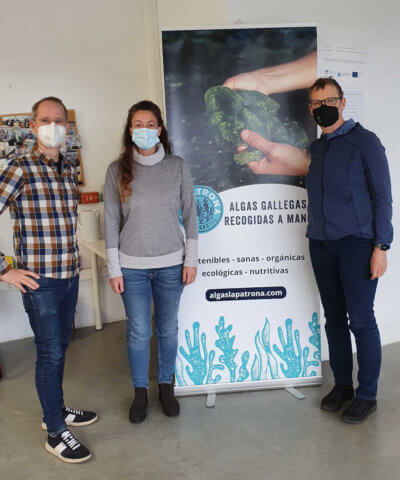
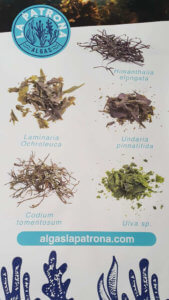
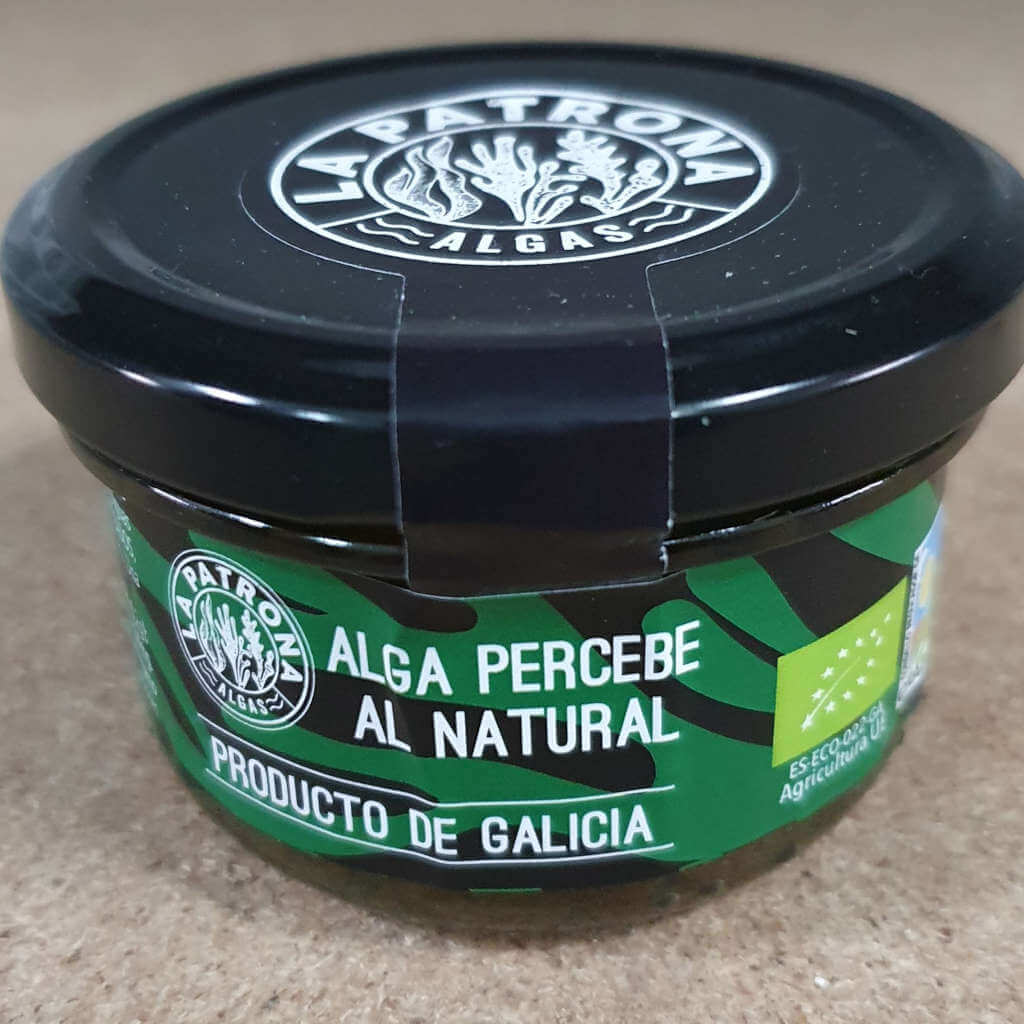
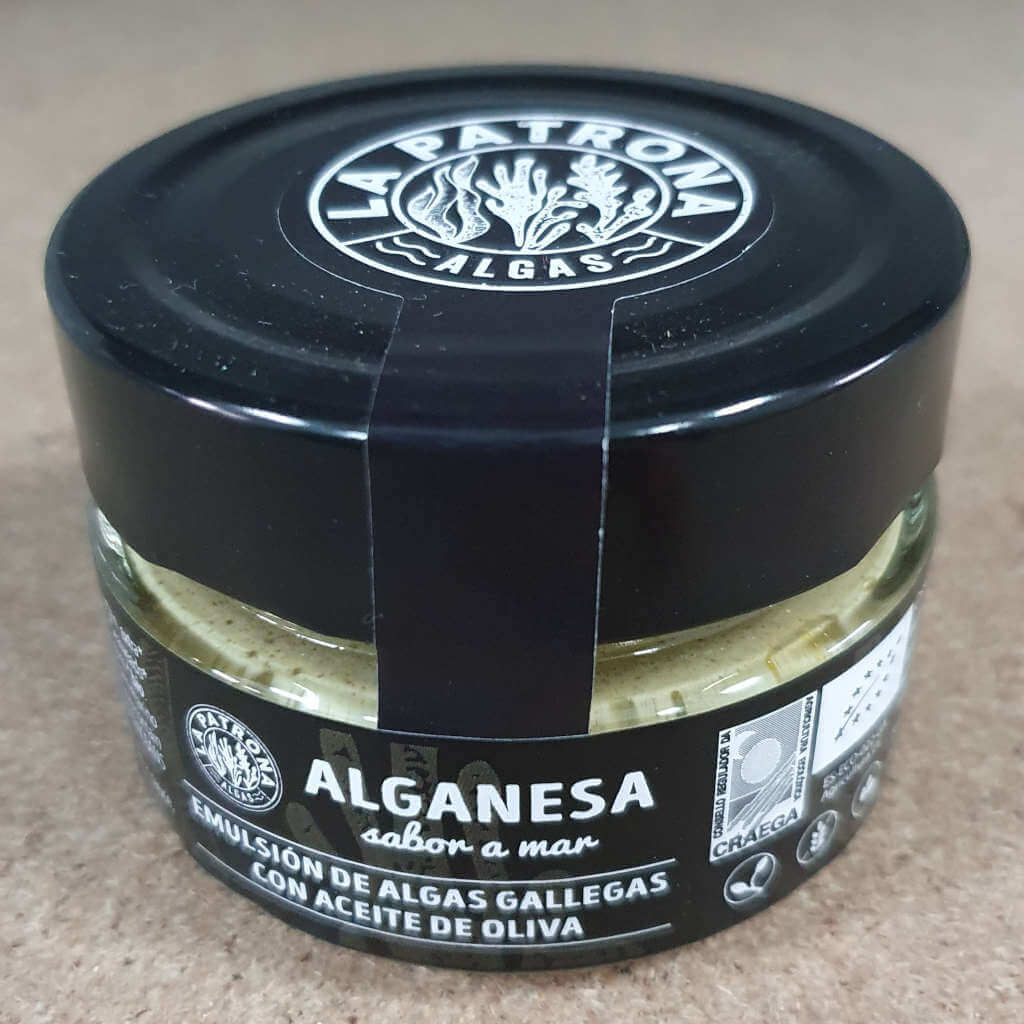
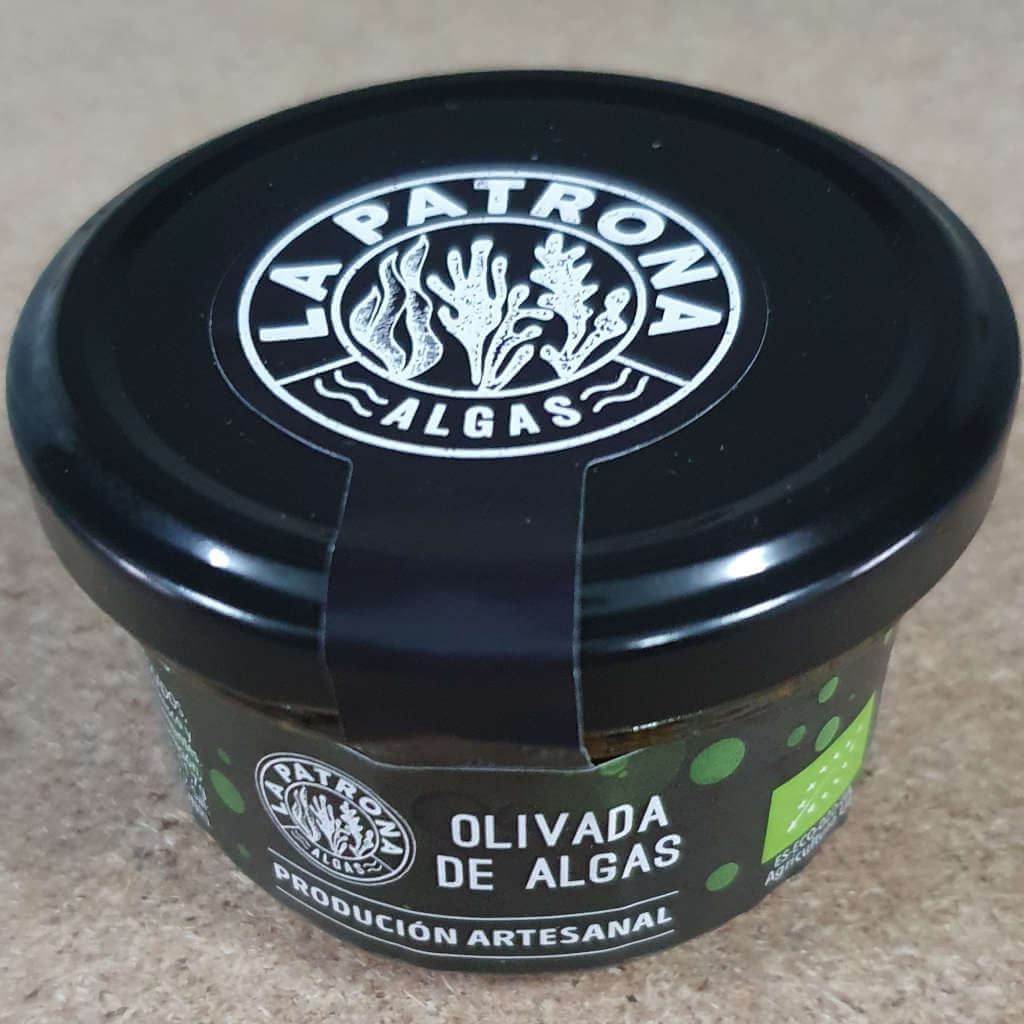
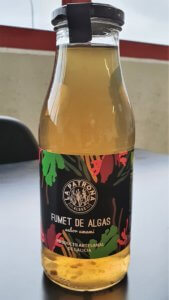

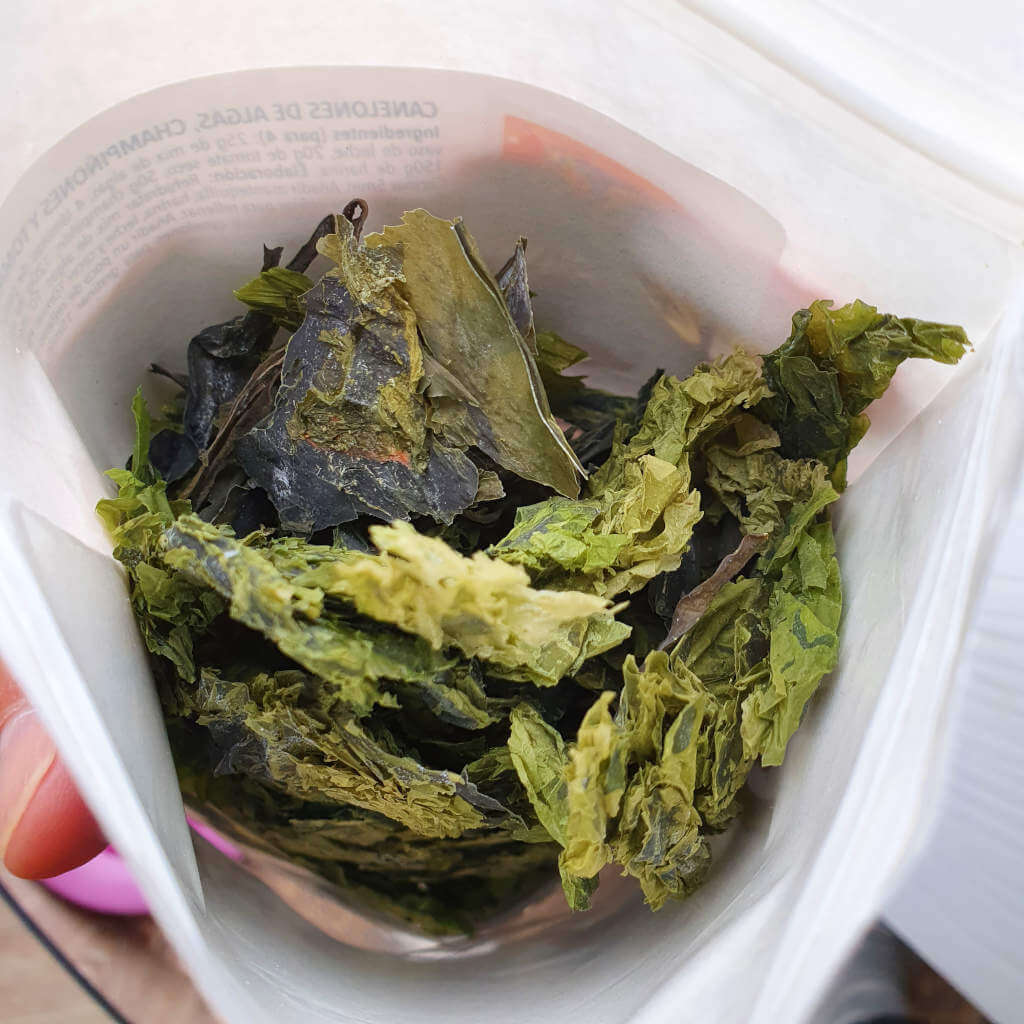
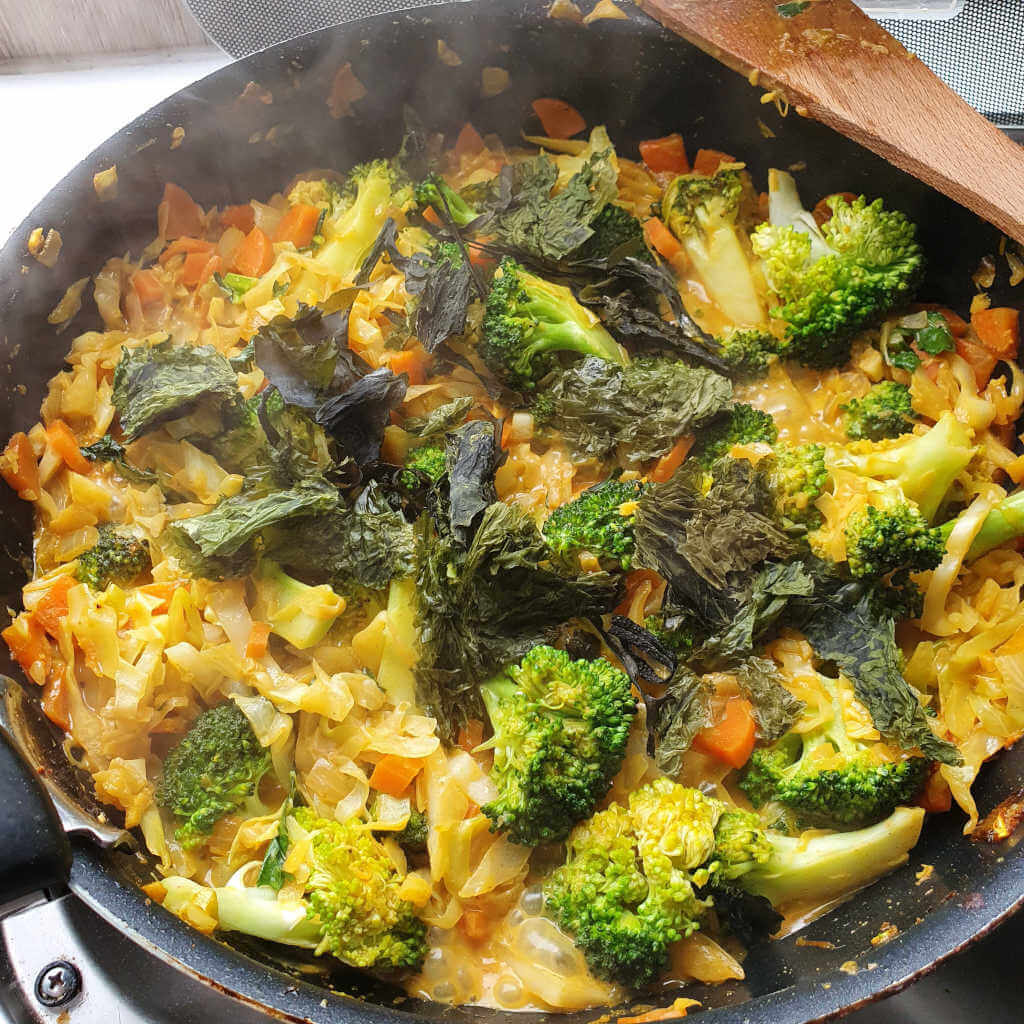
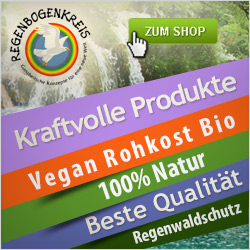
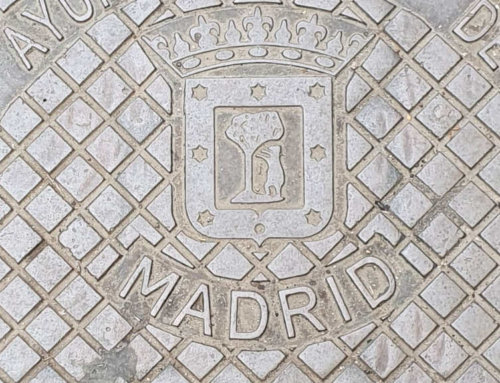
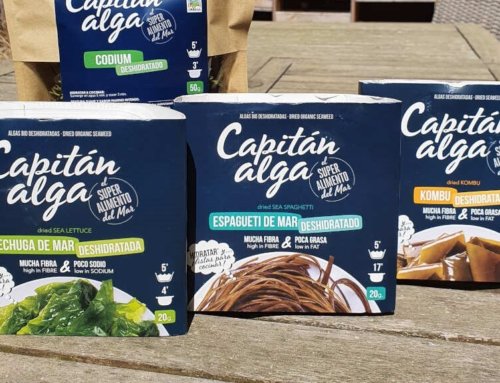
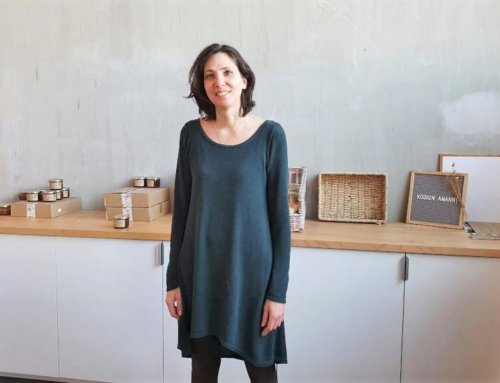
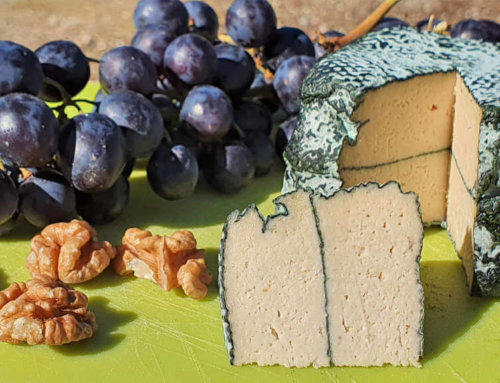
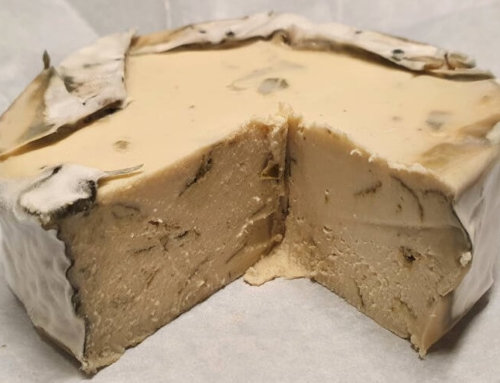
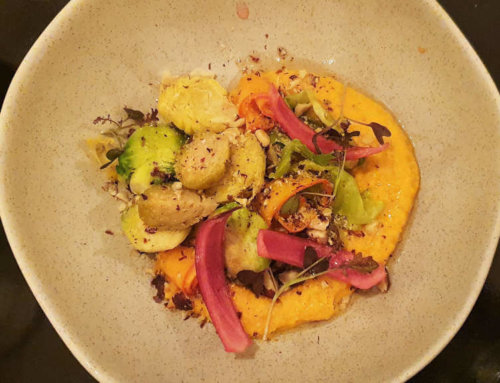
Leave A Comment